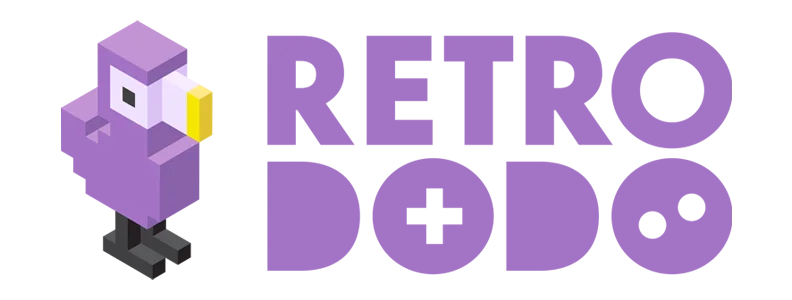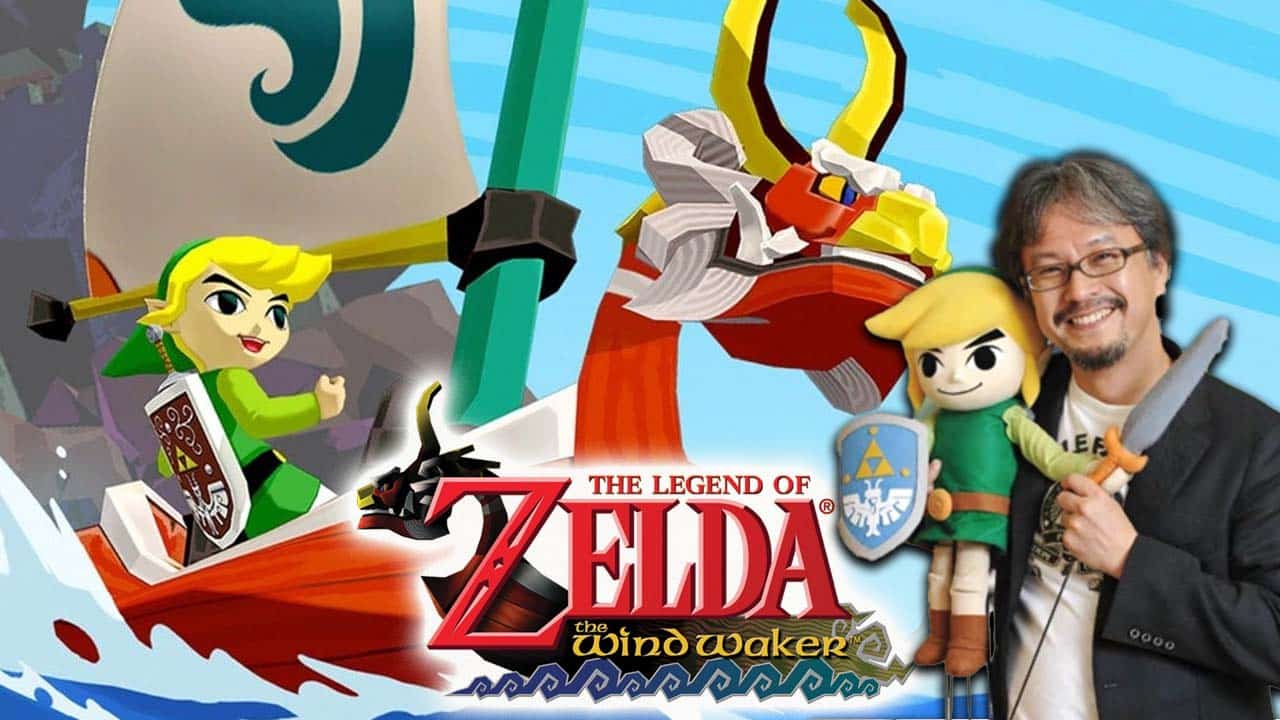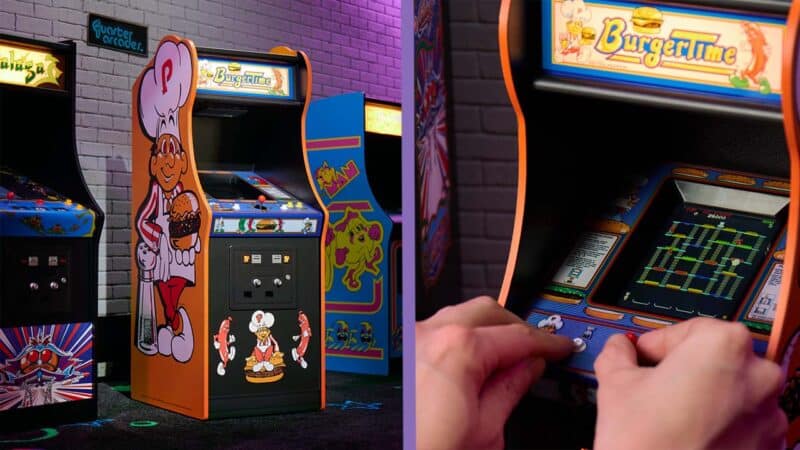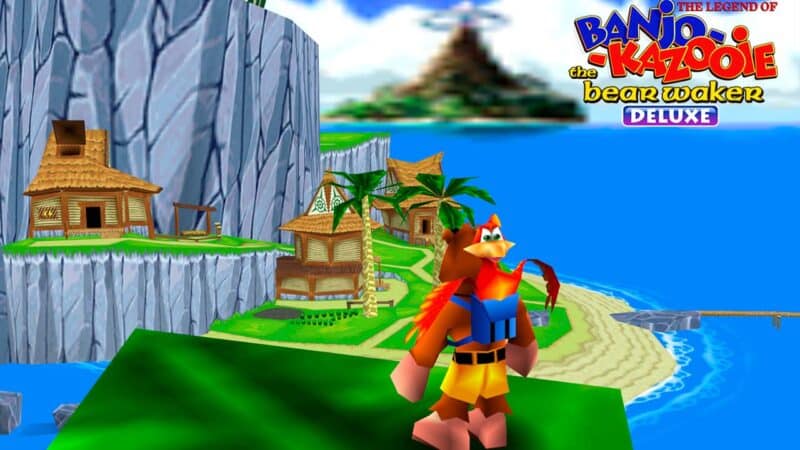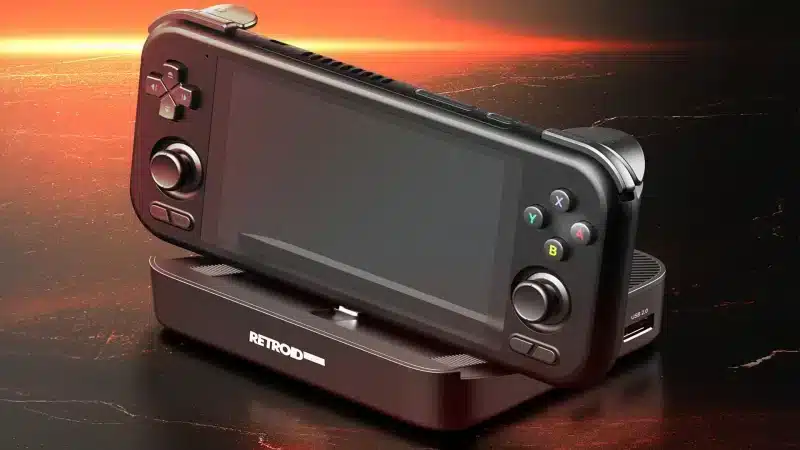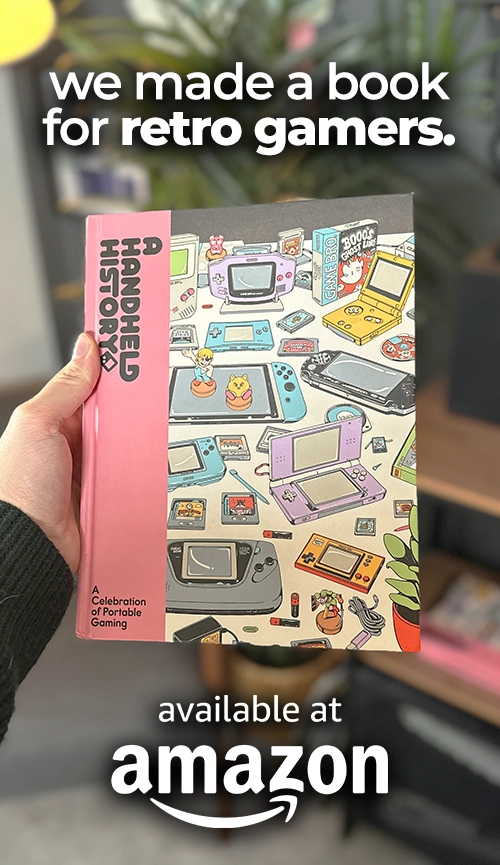Can you remember the first time that you played a Zelda game, the first time that you wielded the Master Sword or donned the iconic green tunic and hat to go on an incredible adventure. I read about Ocarina of Time so much in Nintendo Official Magazine; I can still remember the small walkthrough guides that they produced to help you get past tough sections.
That game provided a core memory for me; it’s the title that made me want to get into writing about video games, a game that inspired me to write fantasy books and to wonder if all letter carriers run as fast as the Postman around Hyrule field. And while I’ve largely got Shigeru Miyamoto to thank for creating the world of Hyrule in the first place, there’s one other man who, without his genius mind and risk-taking when it comes to ‘challenging the norm’ I wouldn’t have had so many amazing memories over the years.
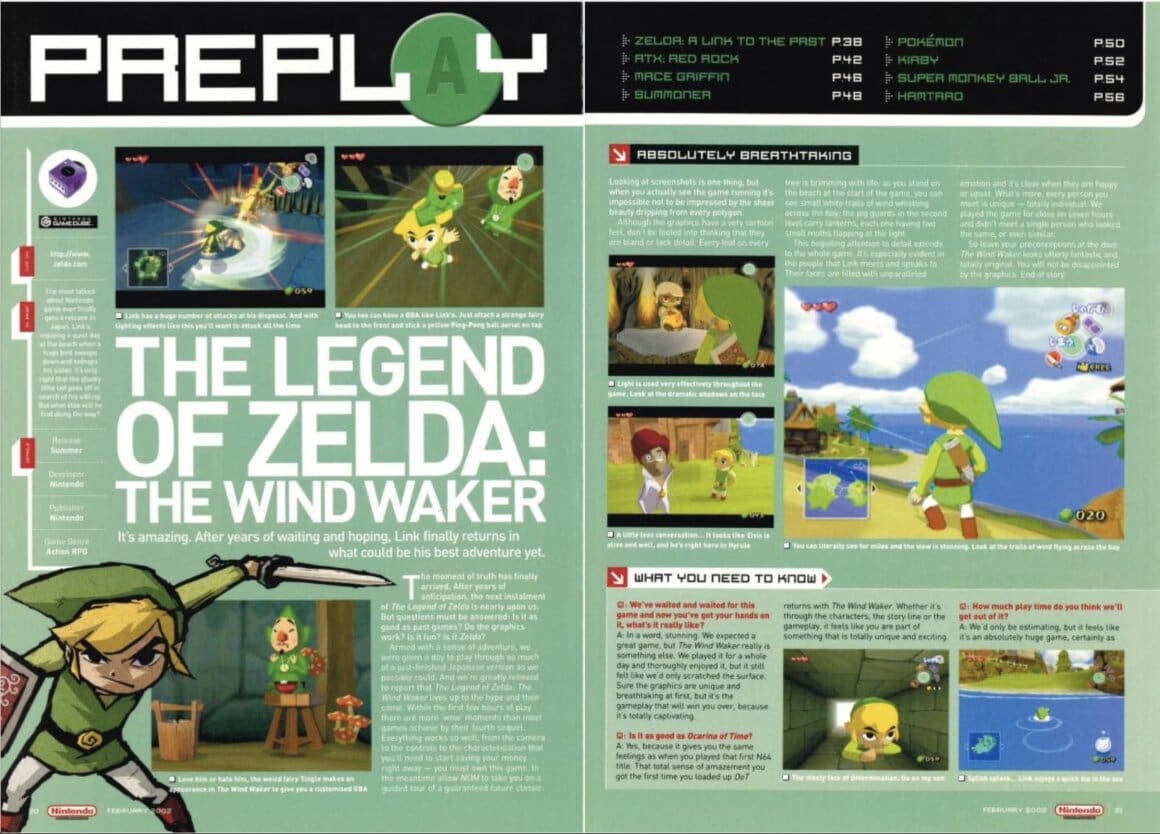
I want to take you back to 2002. A new Zelda title called ‘The Wind Waker’ had been out for a couple of days, and I couldn’t find a copy of it anywhere. This was before the days of just jumping on Amazon, and all the local shops had sold out insanely quickly. It was on a shopping trip with my Mum that, after checking out the usual stores that stocked new games, we went into a second-hand game shop on the off chance. Someone had played and brought back a double-disc edition of The Wind Waker with the Ocarina of Time Master Quest disc in great condition, and I nabbed it there and then.
The game was incredible; it was unlike any Zelda title I had played before, especially when it came to the wild graphics choice. Compared to Ocarina and Majora’s Mask, it felt like it belonged to a completely different series. Cel-shaded graphics, the open ocean, islands to explore, no Zelda to save – the whole thing felt very bold.
The man we all have to thank for this daring new vision and indeed for many of the innovative changes in the Zelda series from Majora onwards is Eiji Aonuma. Over the course of this article (which is essentially an essay on the brilliance of Zelda), I’ll unpack the decisions made when creating The Wind Waker, the design process, how Shigeru Miyamoto had his reservations, and why Outset Island is one of the best places in the Zelda universe!
Table of Contents
About Eiji Aonuma
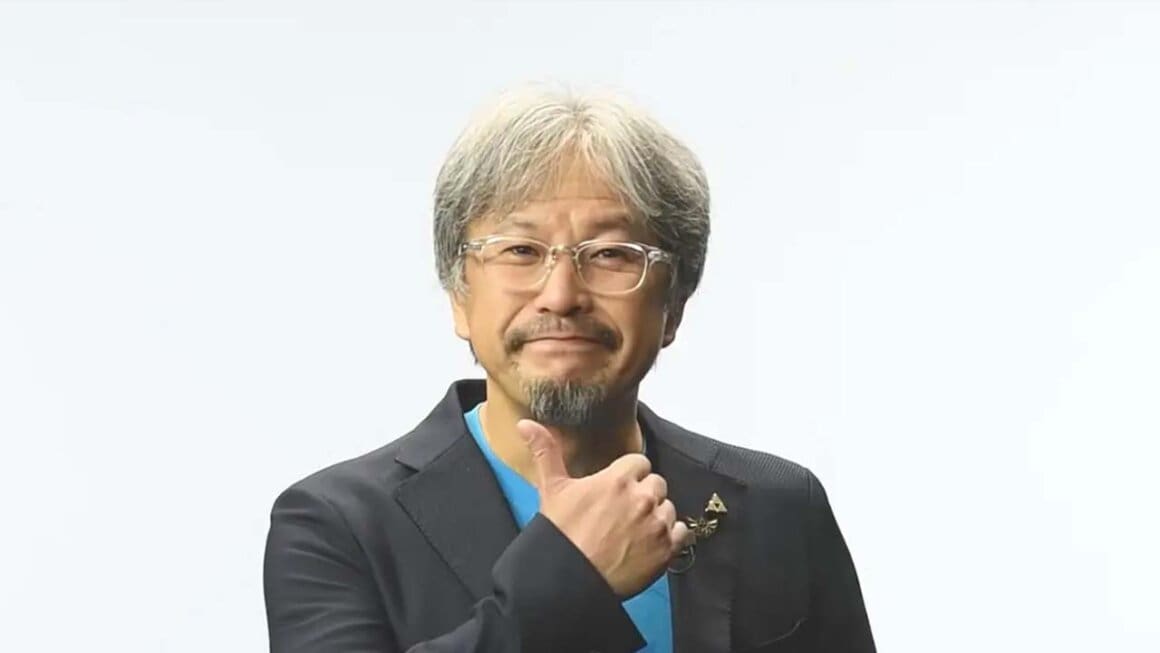
For a guy who had never played a computer game when he met Shigeru Miyamoto in his interview for Nintendo, Eiji has certainly had an amazing career. Until his marriage, Eiji’s last name was Onozuka. After leaving the Tokyo University of Design with a Master’s Degree in composition in one hand and a fistful of dreams in the other, he showed Shigeru some of his designs and was brought into the fold straight away, set with the task of creating characters for NES games.
It was when Miyamoto brought Aonuma into the Zelda series that he really found his niche, however, a niche that even when he tried to leave it, Miyamoto convinced him to stay. To this day he’s worked on every Zelda title as a supervisor, director, and mostly a producer. If Miyamoto is the father of Hyrule, then Aonumu is the guardian of the series, the real-life Hero of Time protecting my favourite game as it passes through the decades.
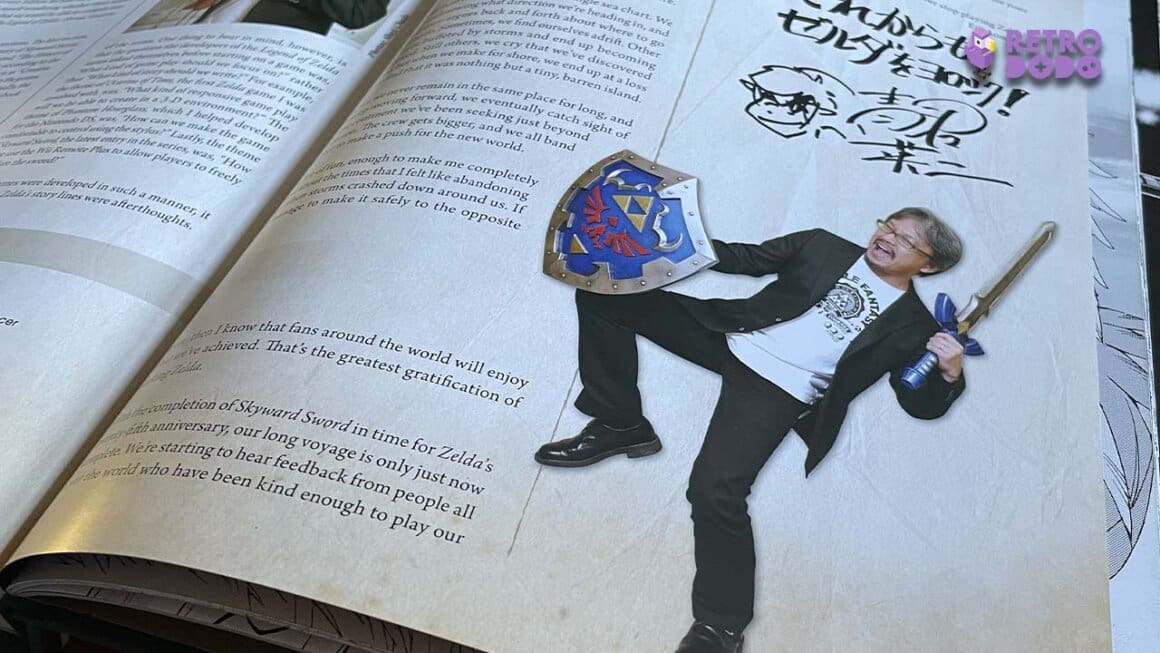
Writing in Hyrule Historia, Aonuma compares creating a game like Zelda to setting out on an ocean voyage, setting off from the harbor without a sea chart on a mission to find a new continent no one has yet visited. ‘Sometimes, we find ourselves adrift. Other times, we’re buffeted by storms and end up becoming shipwrecked. Still others, we cry that we’ve discovered new land, but when we make for shore, we end up at a loss when we find that it was nothing but a tiny, barren island.’
It’s clear that even now, Wind Waker plays such a big part in his life, the game that allowed him to create something unique, something completely ‘out there’. He describes the process of making Zelda games as ‘a lot of fun, enough to make me completely forget about the times that I felt like abandoning ship when storms crashed down around us.’ Aonuma poured his heart and soul into this game, a fact that shows from every pixel, every storyline, and every ‘KABOOM’ from Salvatore.
The Follow-Up From Majora’s Mask
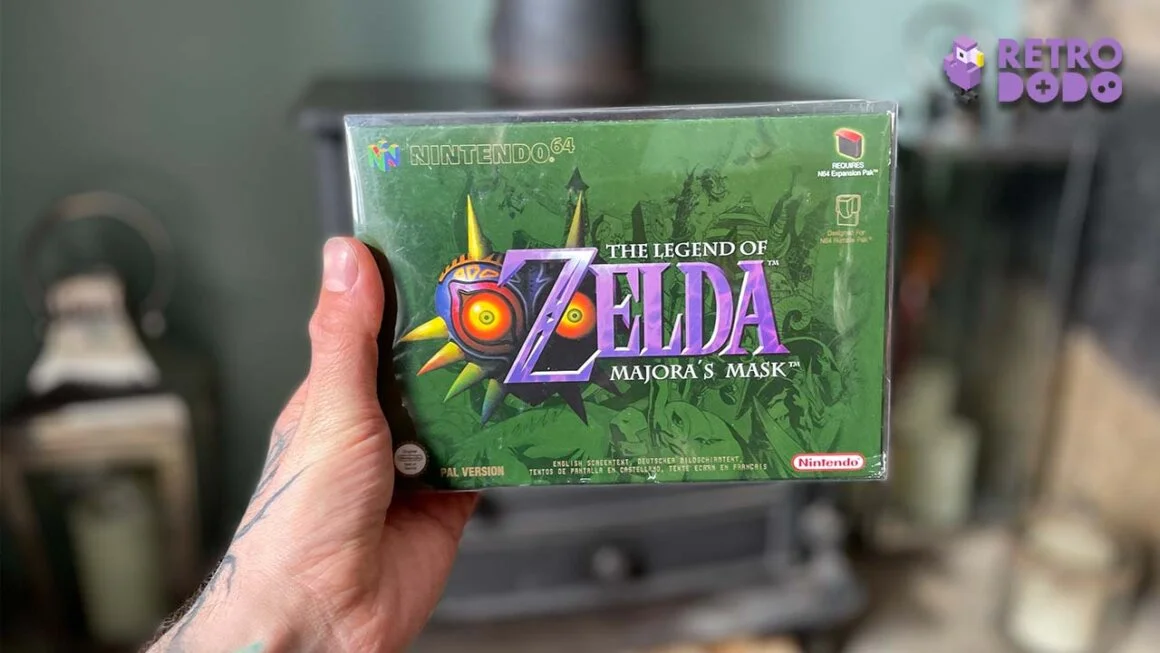
Aonuma began to work his magic when he was brought into the Ocarina camp to start work as assistant director and dungeon designer. To meet the man who designed the dungeons of my favourite game would be incredible; what a career highlight to start off with, landing your first assistant director role on what remains one of the seminal titles on the N64.
The late great Satoru Iowata asked Eiji Aonuma about his time working for Majora’s mask in his interview series ‘Iwata Asks’, and spoke about the concept of making a game in a year. Can you imagine how much pressure it would be to make one game in just a year compared to how long it takes to make games today?
Still, Miyamoto clearly saw potential in Aonuma and knew that he could be up to the challenge. They used a lot of the same models from Ocarina of Time and managed to create Majora’s Mask in the allotted time frame, an incredible feat! It’s at this point where Aonuma was mid-Majora’s Mask and contemplating making the Master Quest that I think his creative juices were really starting to flow, finding his feet in a prominent series and the courage to implement new ideas at the same time.
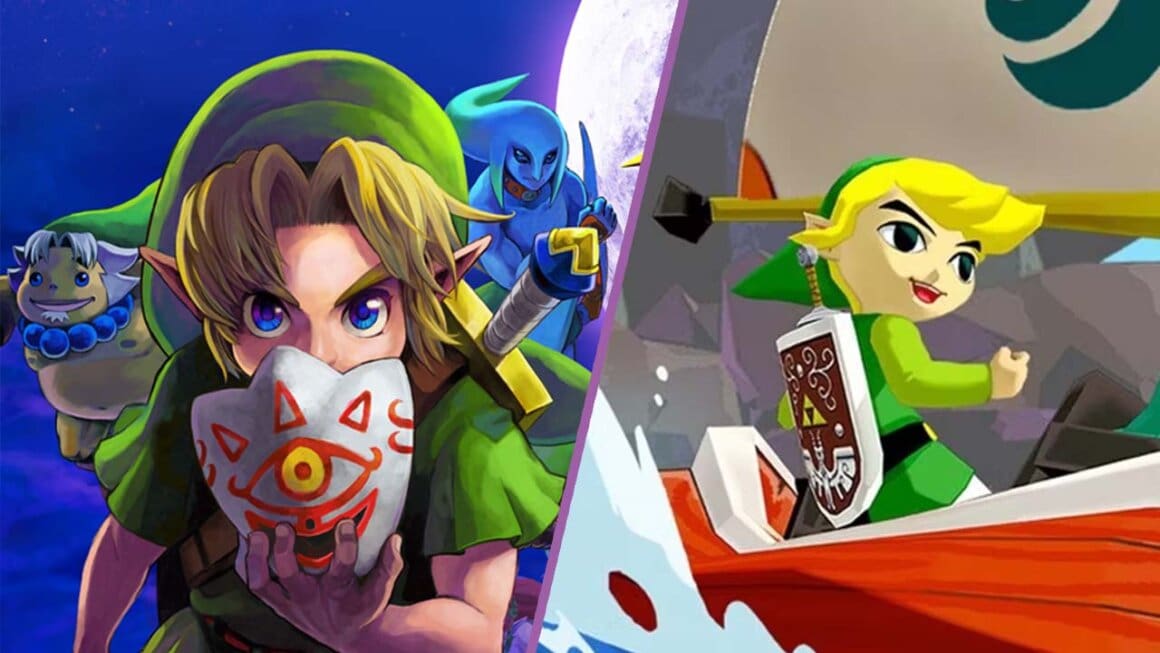
Moving From Majora to WindWaker
‘When I finished creating Majora’s Mask for the Nintendo 64, I assumed that other companies would be releasing games similar to this one. But in reality, no one did.’ Eiji Aonuma.
As I sit and write this article, I’m struggling to think of another game that really is like Majora’s Mask. The manipulation of time took things one step further from Ocarina and created a system that was innovative and still hasn’t been replicated in the same manner. Sure, there are games like Death Loop that use time travel, but nothing that has a set three-day time loop that requires people to move through time in order to complete certain tasks or indeed a time constraint that creates a sense of jeopardy as to whether the player will manage to complete their mission.
Aonuma actually spoke about the fact that they chose three days because of the time constraints of making the game in a year and because creating a time loop of anything more would have been a mammoth task. Still, we’re seeing his influence on the Zelda series already by creating something that, while similar to Ocarina, had a unique system never before seen in the canon. And things were about to get a lot different.
Eiji Aonuma’s Dream
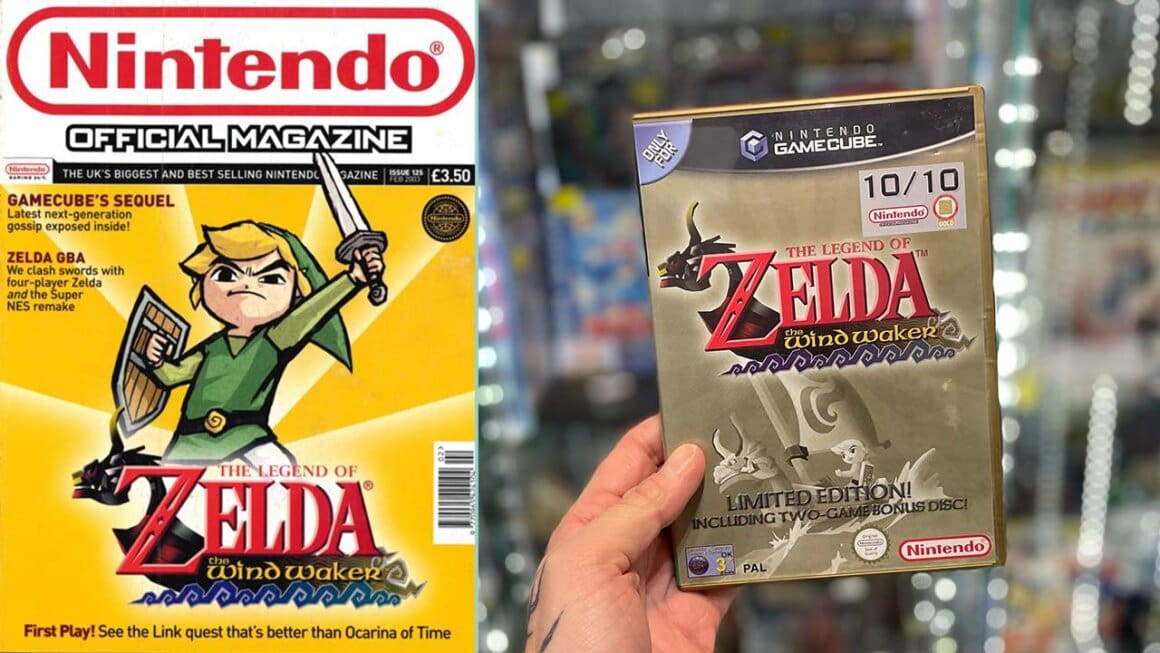
While scouring the internet for information on Aonuma’s creative process, I came across some translated articles in DidYouKnowGaming that explained the initial process behind Wind Waker was supposed to be exactly what had come before – more of the same character models, the same dungeon designs, and the same graphical style. There was actually a prototype for the Wind Waker in the same style as Majora’s Mask, but for minds like those of Aonuma and his team, that was never going to fly.
They had created something incredible with Majora’s Mask, and with Aonuma in the driving seat as Director of the project, he had a chance to take the series in a whole new direction to keep it fresh, current, and in many ways shocking to fans of what had come before. Sometimes you have to take risks to make people stand up and take notice, and what Aonuma ended up creating was a timeless classic that even now, as I write this article in 2024, has aged incredibly well.
But Miyamoto is a hard man to please, and as the father of Hyrule, he was always bound to take some convincing.
Enter Miyamoto
If you were Aonuma and knew how much Shigeru Miyamoto might react to a change in his beloved franchise, the man who vociferously slammed the graphical choices on Donkey Kong Country and the man who hired you and brought you into his franchise, how would you feel?
“If I had gone and talked to him from the very beginning, I think he would’ve said ‘How is that Zelda?’ Aonuma recalls. “Miyamoto had trouble letting go of the realistic link art style until the very end.” Video Game Chronicles.
If you write games, books, or any kind of art form, you’re going to feel attached to a specific method of doing things and develop a sense of control over how things should be. Aonuma knew this, which probably goes a long way as to why he took so long to show Shigeru in the first place.
In an interview with MTV, Aonuma explained that he wasn’t intentionally keeping things from Miyamoto, it just happened that way. He was buying time to show him something complete, and to some extent, Miyamoto knew that what was being worked on in the background wasn’t entirely ready to be viewed. When he did see the designs for Link, however, he wasn’t incredibly pleased.
Miyamoto wasn’t a fan of the new style at first, offering the advice that it wasn’t too late to make a new, more realistic Zelda when giving presentations on the new title. Still, in an interview in Zelda Universe, Aonuma said that he came to take Miyamoto’s negative responses as a benchmark or sign that he was heading in the right direction. He would keep going and changing the story, the characters, ever-looking for a sign from Miyamoto that said ‘This isn’t Zelda’, creating something that would wow, something that wasn’t expected.
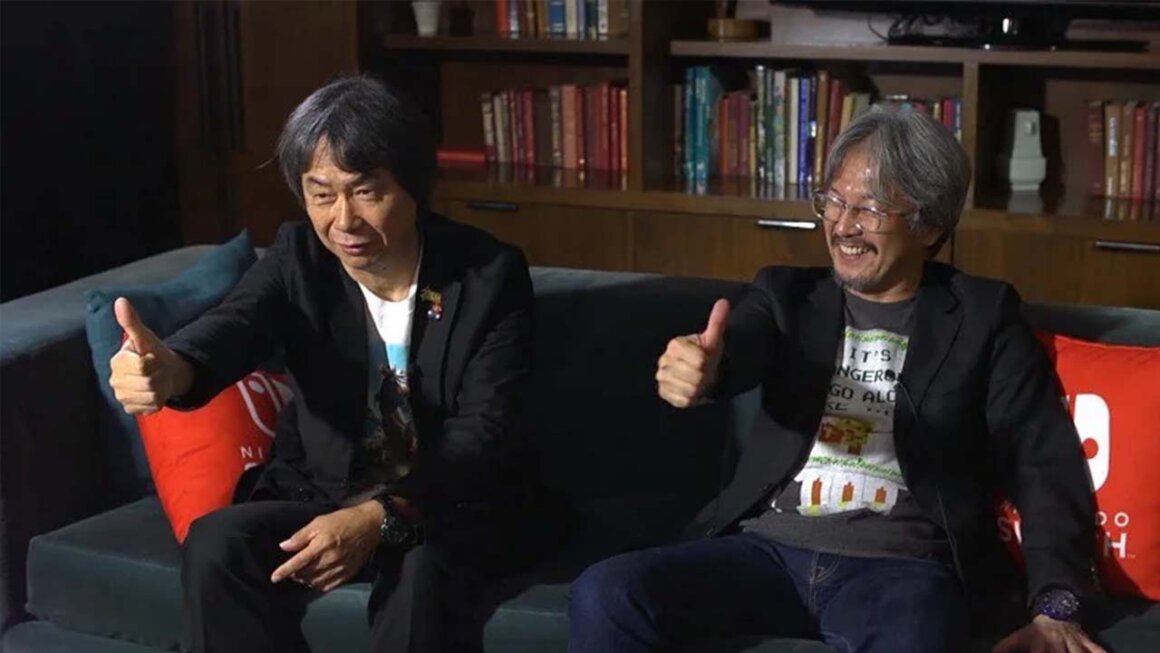
Already, we’re seeing Aonuma developing his own creative style and confidence. In many ways, I think it was a sign of the trust and the friendship that we still see from these two gaming giants today. Miyamoto never told Aonuma to stop or ‘ordered’ him to create Wind Waker in the ‘tried and tested style’ despite his protestations; he clearly saw something special in the graduate who had never played a video game back in that initial interview, and Miyamoto giving Aonuma the space to imagine and adapt has only made the Zelda series better for it.
The Design Phase
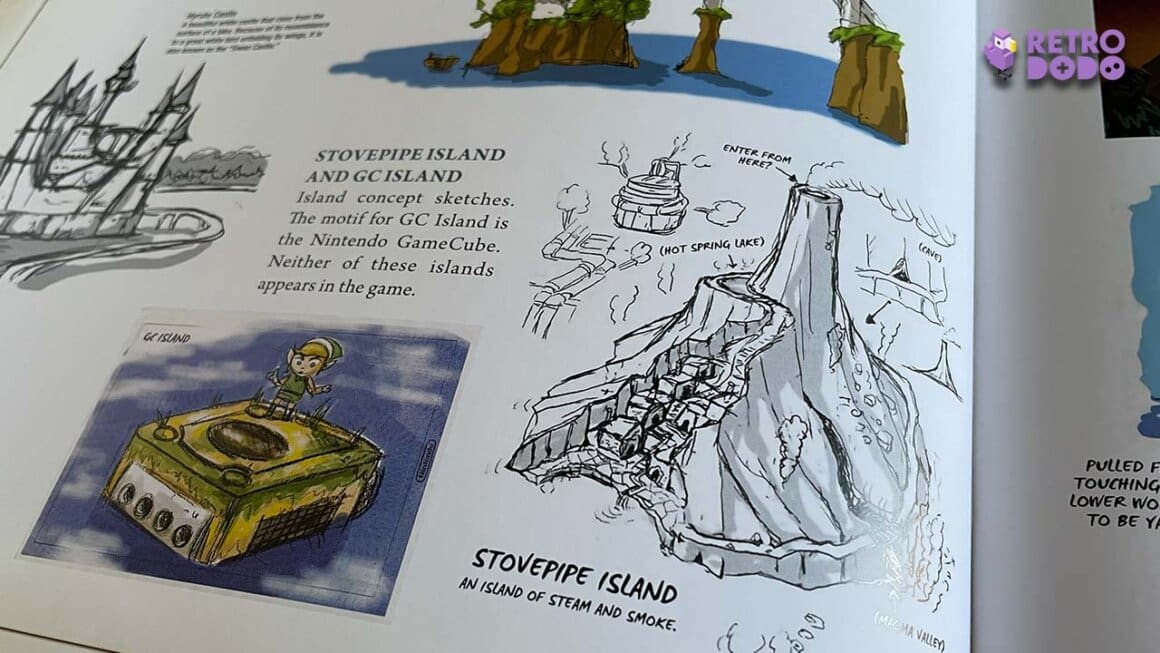
The idea of having a cel-shaded, cartoony version of Link makes for so many possibilities when it comes to design choices, something that is apparent when looking through my favourite book Hyrule Historia. While Stovepipe Island may well have gone on to become Dragon Roost Island (that’s speculation looking at the design), GameCube Island certainly didn’t make the cut. Still, I would have loved to have come across that little easter egg while playing!
The choice of making the game based on ocean exploration falls in line with Aonnuma’s ethos of ‘mixing things up’ that we saw in Majora’s Mask. Speaking with journalists on a trip to London, Aonuma explained that when deciding on a game stage for Wind Waker, they ‘decided to use a ship and make use of a sailing boat so players could have control over the wind and that is how we came up with the idea of wind control’, something that I’ll touch more on in later segments. He also says ‘It is a good example that in order to appeal to the mass audiences real graphics are not always necessary’.
Never once while playing do we question that the ocean isn’t real or that the islands might be fake. The bright colours, the actions of the characters; it all feels so comfortable and easy yo absorb, something that Nintendo wanted to appeal to gamers of all generations. The design choice also offered a much bigger variety of facial expressions for Link too, making him much more emotive than any of the games thus far.
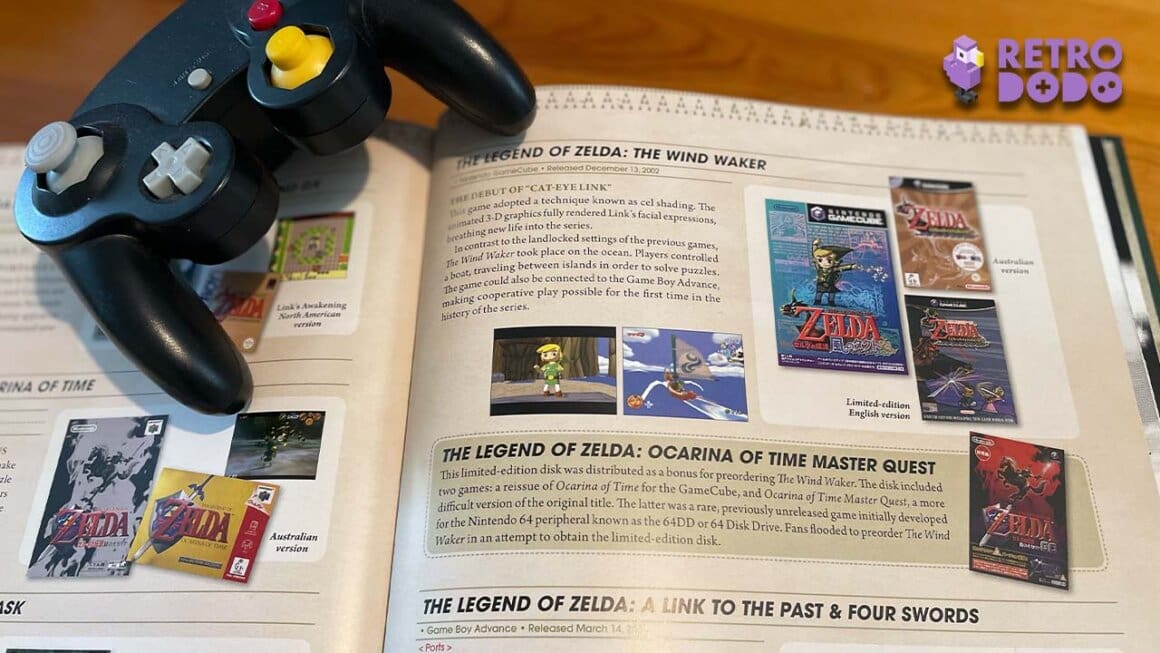
Concocting A Cel-Shaded World
‘Cat Eye’ Link has some of the most expressive eyes in any Video game I’ve ever seen, so much so that his eyebrows have to sit on top of his hair to make space for his ever-moving pupils. In the picture below, you can even see an image of how the team behind Wind Waker were thinking of creating Link a more ‘standard’ image akin to Adult Link rather than Toon Link.
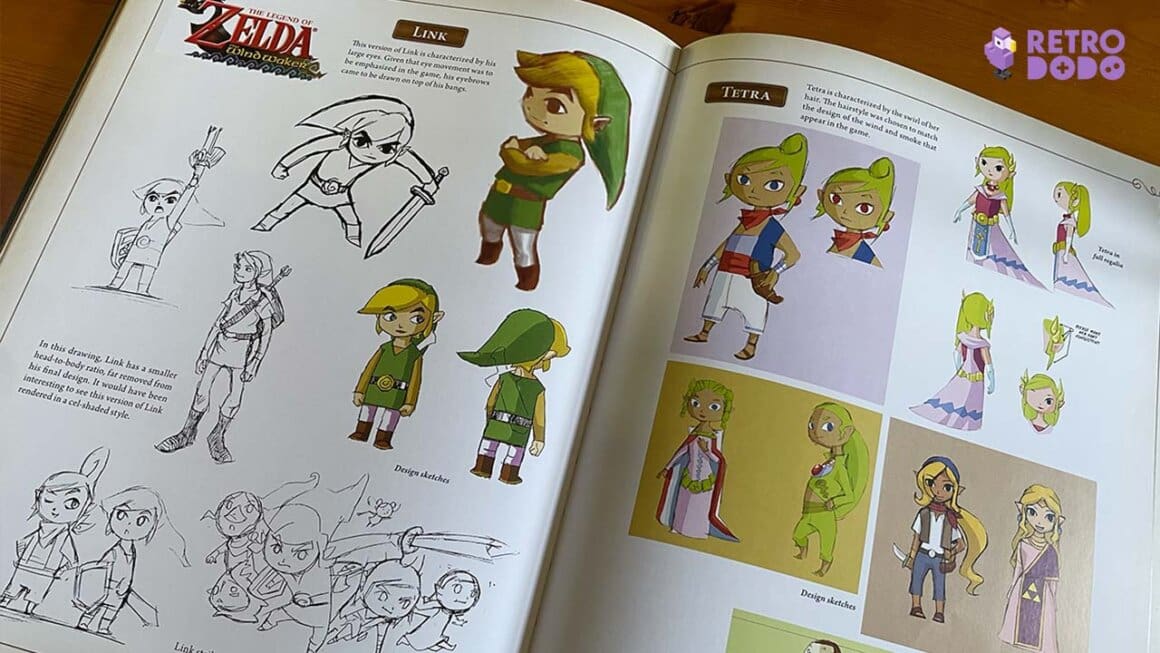
Link is clearly a boy in this game, something that Aonuma touches on a lot in interviews about the game and indeed in the character’s relationship with the King of Red Lions. In his quest to concoct a cel-shaded form of reality, Aonuma explains that ‘While playing through the game, there’s no need to be aware of Link’s age and how that age relates to his actions. But when that happens, the things the player does simply become typical game actions, and the awareness that the player is just playing a game becomes stronger.’
The piece that this quote comes from on Zelda Universe goes on to talk about how we’re reminded that a boy shouldn’t be wandering into a Bomb Shop to buy bombs in the dead of night, but in the world of Zelda, in a game, anything is possible.
Wind Waker creates tension without feeling threatening, another factor that’s largely down to the cel-shaded design. Enemies disappear in a poof of smoke, attacks and swordplay feel epic without being violent. Heck, even Ganondorf having a sword plunged into his head doesn’t make you flinch or feel like you’ve witnessed anything gruesome. So the cel-shaded world makes for a greater sense of reality while toning down certain aspects of that reality for a family audience – that’s pretty clever if you ask me!
Speaking with MTV, Aonuma sums up his thoughts on the cel-shaded world he created, one I have lived in while playing the Wind Waker for so many years. ‘I feel like we did a really great job of creating an animated world that you can live in, that you can explore in. You can ride this boat and sail across this really expansive sea, and it’s a very free world, and this is unlike any other experience out there, and the presentation is great. It has that animation look and it’s also got the exploration feel that we think a lot of people are going to enjoy.‘
The King Of Red Lions & A Fatherly Connection
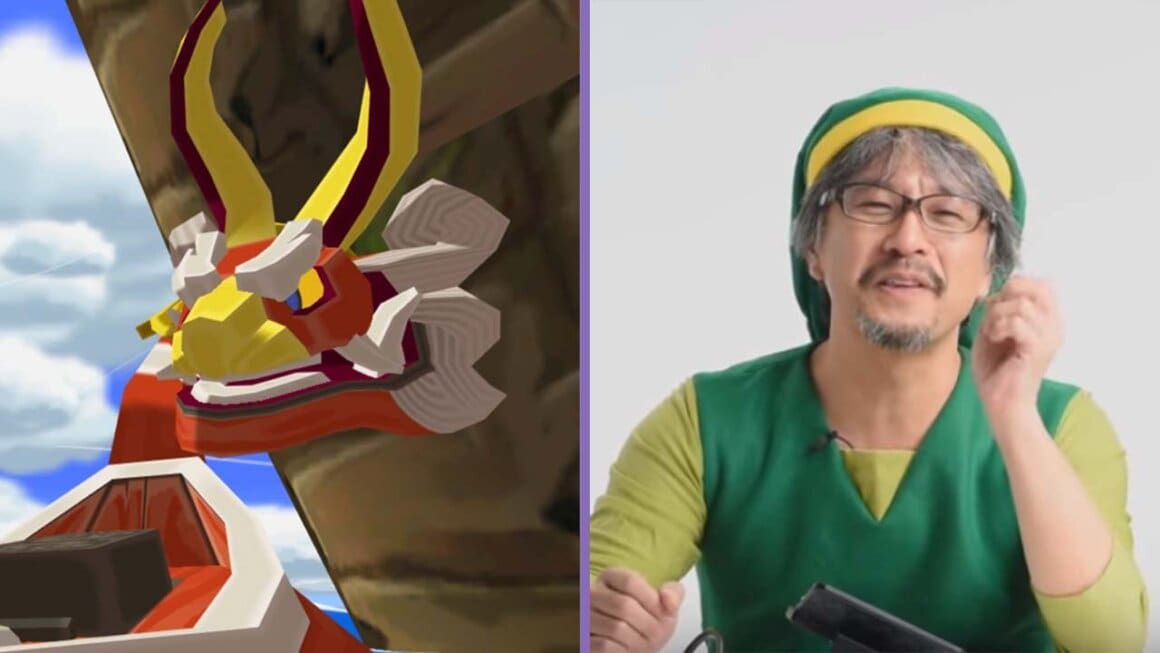
If you’re a games developer with a child on the way, you would be mad not to miss an opportunity to leave some wisdom to your child in the storyline. I mean, let’s face it – are you more likely to listen to your dad or a talking boat that turns out to be the king of a long-lost civilisation. I think we all know it’s the latter.
Speaking with 4Gamer and posted in Zelda Dungeon, Aonuma explains that “The lines spoken by the Red Lion King boat that Link rides were written by me. Since I had just become a father, I had him speaking in a self-important manner that children would understand.“
So, those preachy messages that made us want to save the world, defeat Ganon, and bring order back to the Ocean came straight from Aonma himself. I can’t say as though I see a resemblance between the King of Red Lions and Eiji, but that fact that he put his own messages and beliefs into the character creates a whole new dimension for me as a gamer. It transcends beyond simply ‘making a game’ into putting your absolute heart and soul into something, another factor that has made this game such a timeless classic and one that gamers flock to time and time again. For me, the story of the Wind Waker is up there with Harry Potter when it comes to stories that put me at ease and take me back to a simpler time.
A Changing Wind
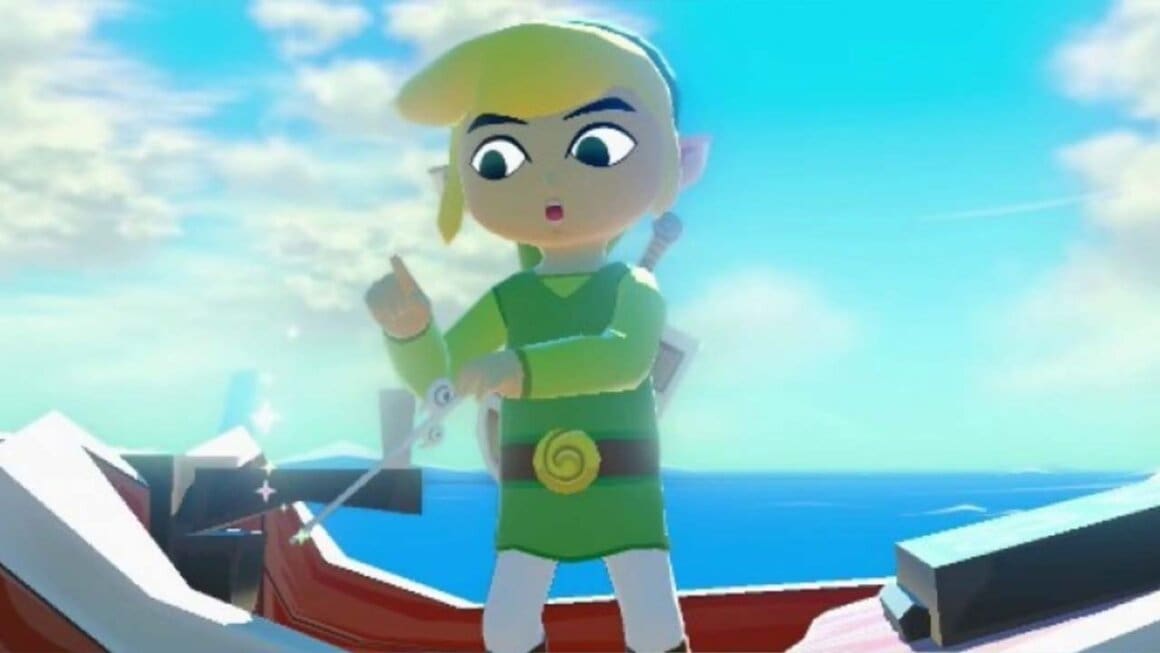
Other than golfing games where your shot gets affected by how much wind is blowing (I’m thinking of Mario Golf on the GameCube here and seeing my ball veer off course all the time), games haven’t utilised wind as a mechanic to aid you on your quest. Obviously, with a game that sees players literally exploring all four corners of a map, there’s a lot of sailing that needs to be carried out in order to explore all of the different islands. And without wind control, that would mean a heck of a lot of rowing.
Speaking in London, Aonuma tells journalists that Wind Waker has always been more than just a fancy change of graphics. He and his team wanted to utilise wind power as it hadn’t been done before, and they wanted to show off the power and performance of the GameCube, using a mechanic that would allow passage to certain areas and literally hamper progress in others if not used correctly. It was a complicated system and one that we hadn’t seen before back in 2002, all of this coming two years after the ‘game in a year’ task of the year 2000.
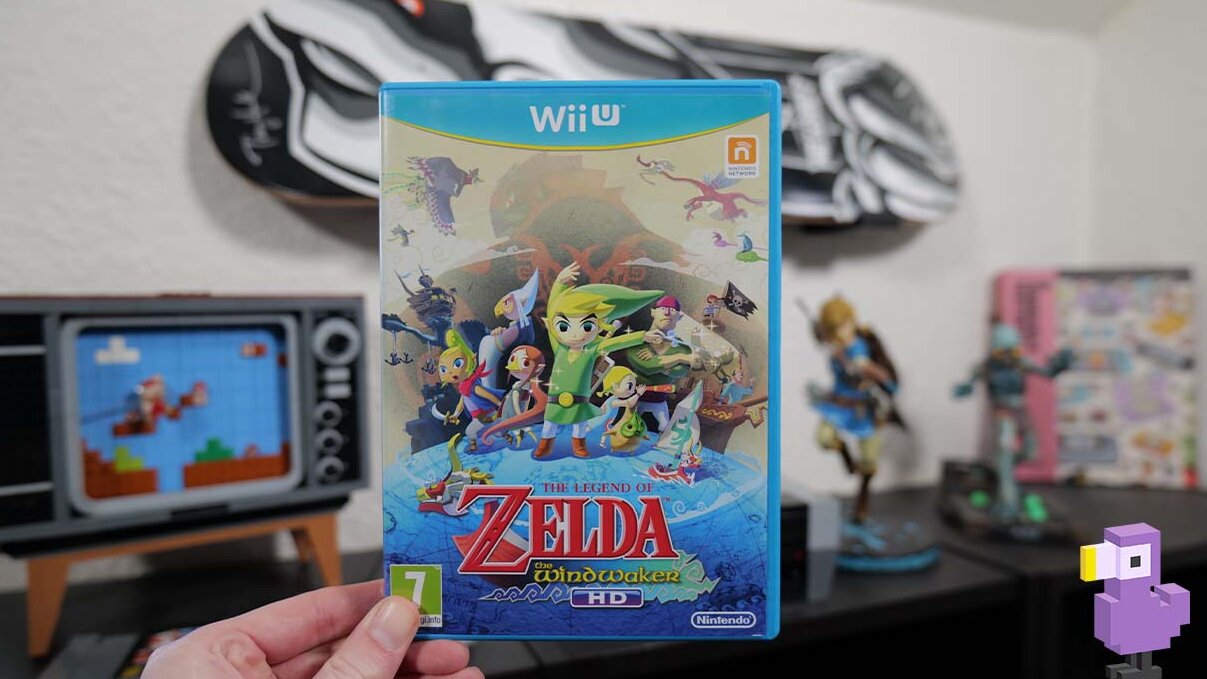
Speaking of a changing wind, this was actually one of the things that Aonuma changed in the Wind Waker HD. Some fans loved the wind option, and some just wanted to be able to explore without having to stop to change the wind’s direction every couple of minutes. The Swift Sail made an appearance in the Wii U HD remake, allowing gamers to sail in any direction no matter the wind direction. Sure, it made things easier, but it definitely increased player enjoyment, something that Aonuma’s team always take care to pay attention to.
The Triforce Pieces quest was streamlined too to make it a more pleasurable experience for players. “I wanted to improve the overall flow, particularly in the later half of the game,” explains Aonuma via MTV. “Once the players hit the Triforce quest, all of a sudden there are all these things that they have to do in order to reach this goal that seems really far away. Certainly, when we were developing the original ‘Wind Waker,’ I wanted to make these adjustments, I just wasn’t able to do that, so the overall balance and tempo of the game should be improved.”
The Public’s Perception
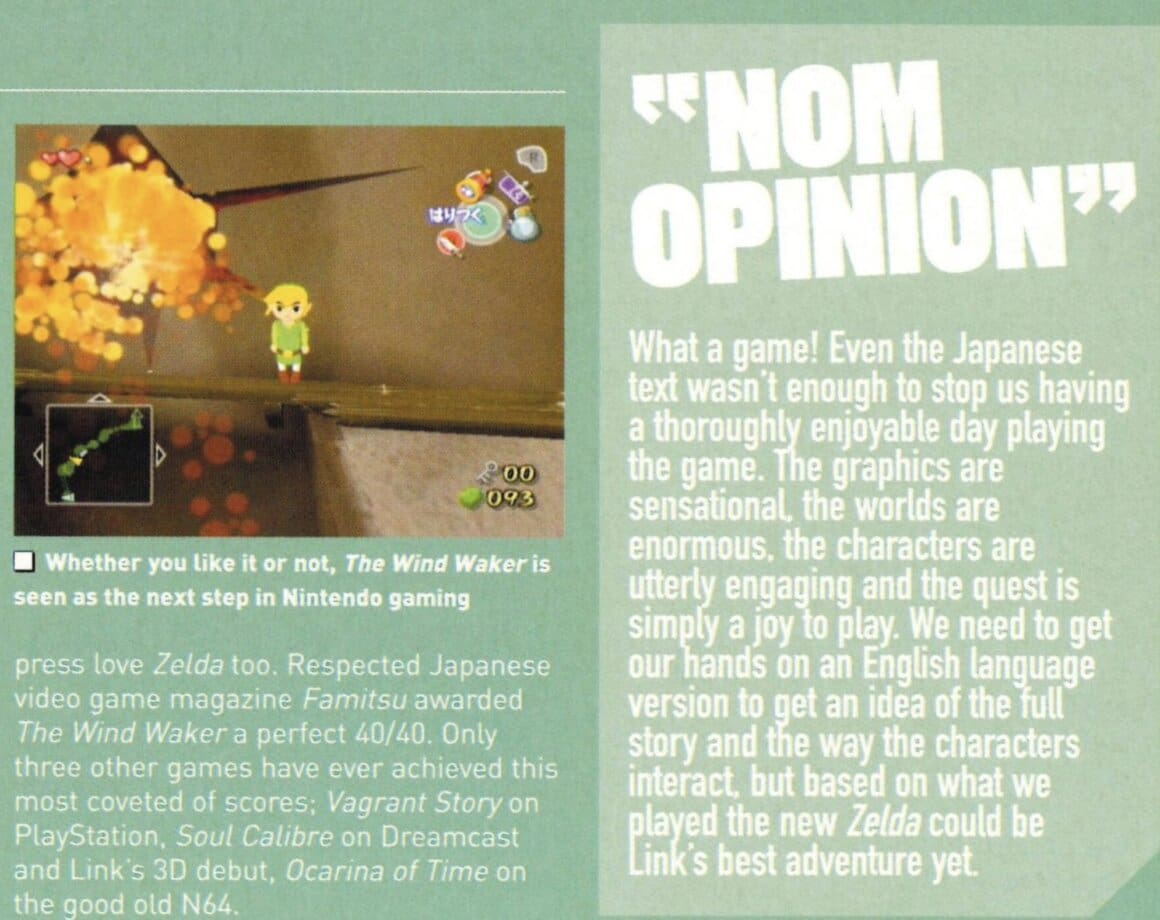
I can still remember looking at this edition of Nintendo Official Magazine back in the day and reading about their initial review of The Windwaker. The initial images wowed me, and reading about how much the team loved the title and relished the new graphics choice made me even moe excited. The line ‘Every leaf on every tree is brimming with life: as you stand on the beach at the start of the game, you can see small white trails of wind whistling across the bay; the pig guards in the second level carry lanterns, each one having two small moths flapping at the light’ still gives me chills.
Aonuma’s gamble paid off tenfold, and Wind Waker still holds a score of 96 on Metacritic averaged from 80 different reviews from gaming publications. That’s one more than Majora’s Mask at 95 and three less than Ocarina at 99. People didn’t run in fear or boycott the franchise because of Aonuma’s dream; they loved it and bought this game in droves, racking up 4.43 million sales and making it the 4th-best-selling game on the GameCube.
An Impressive Cast
Read any review and you’ll hear about the attention to detail in the characters in this game; there are so many different personalities crammed Aonuma’s world. I loved the Kakariko Builders in Ocarina, but they were pretty much the same person. The castle guards were all the same too, and while it didn’t matter at the time, it becomes more apparent when you consider the work that Aonuma put into creating a community in both Majora’s Mask and Windwaker, especially considering that Wind Waker is set over countless islands and not just one main setting.
There is one character, however, who comes up the most when we think about the Wind Waker. Like Marmite, people either love him or hate him. I am, of course, talking about…
The ‘T’ Word
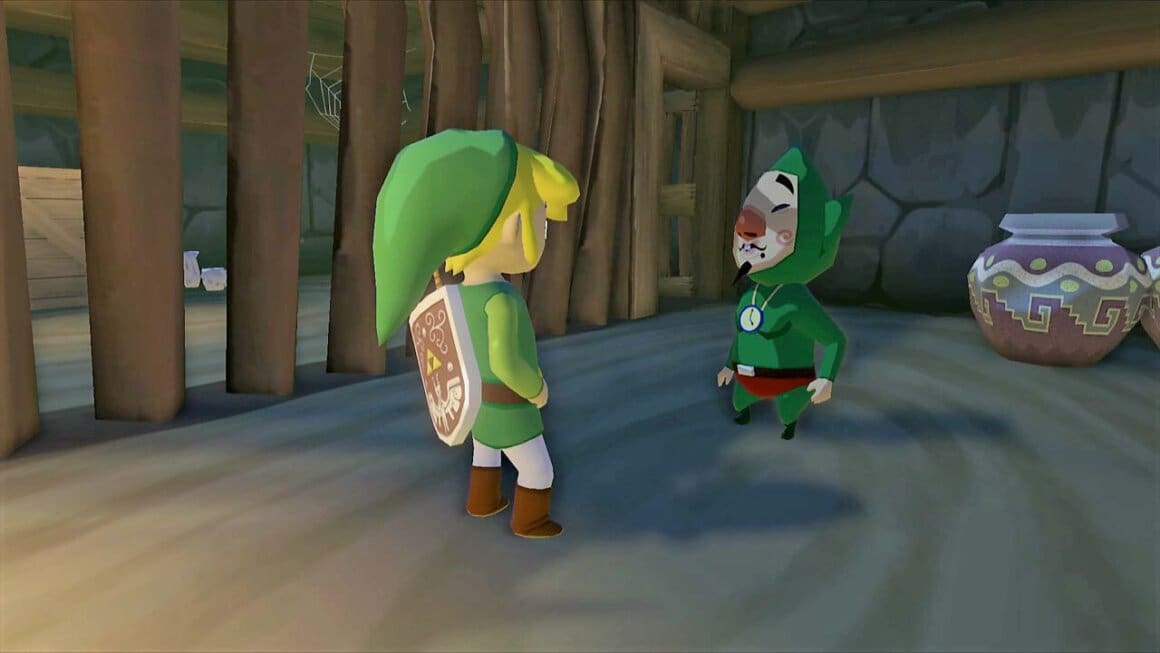
Yes, Tingle is one of The Wind Waker’s zaniest characters. A man who is obsessed with having his own fairy and dressed like the Hero of Legend, he can decipher maps and trade items with Link on his quest. To say that he’s imprisoned for trying to steal a Pictobox, we never really think of him as a criminal… just a 35-year-old dude dressed as Link who is saving up rupees to find faires. Everyone has to have a hobby, I suppose!
We’ve met Tingle’s brothers Knuckle and Ankle (as well as David Jr) in The Minish Cap and Four Sword Adventures, and Tingle has appeared in Majora’s Mask and Oracle of Ages, but it was Wind Waker that we fully got to experience his personality and the game that he played a much more prominent role. Aonuma said that one of his designers new a person called Tingle a long time ago, but we don’t know whether they were also obsessed with fairies and walked around wearing green… or said Kooloo–Limpah!
To say that Tingle gets lumped with characters like Jar Jar Binks on a regular basis, he was clearly loved enough to spark 3 spin-off games on the DS. Tingle in the Wind Waker makes me think a little of Tom Nook in Animal Crossing, a character designed to bleed you dry of your hard-earned cash in order to get further ahead in the game. People don’t like the fact of how creepy he is either, but then again, a character that can spark so much discussion on forums is a character that I would say has been designed perfectly. For better or for worse, he’s one of the game’s memorable characters, and people are still ranting about him all these years later.
Eiji On The Movement Of The Zelda Formula
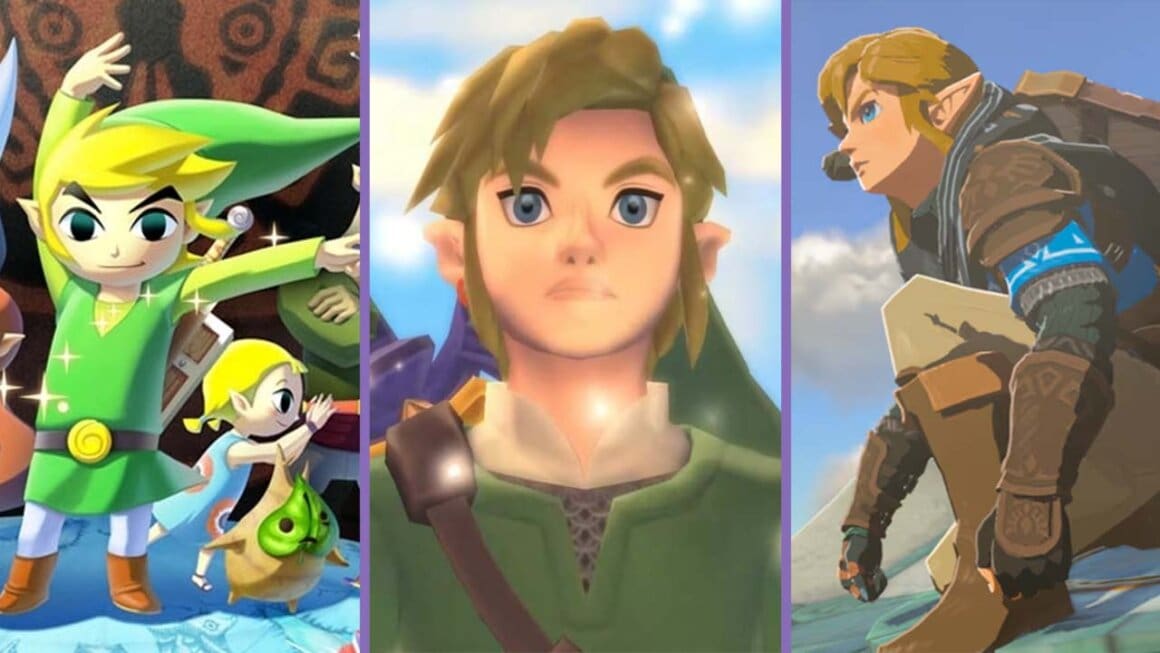
Aonuma has taken the Zelda series to incredible heights with the arrival of Breath of the Wild and Tears of the Kingdom, literally reinventing the formula and creating two games that are so open and free, games where everything is possible, and titles that do away with the ‘beat boss, open new area’ restricted way of doing things.
Still, many people still see that kind of progression as being ‘the Zelda way’, and while Aonuma knows that this is largely down to nostalgia for the games that have come before the newer entries, he does wonder why we would want to go back to a time where our imaginations and creative freedom were caged.
Aonuma is a dreamer, and it’s those dreams that have shaped the Zelda series into the behemoth that it is today. I would never have thought that a game could be better than Ocarina of Time, and then Breath of the Wild dropped into our lives. If it wasn’t for him flexing his creative muscles in The Wind Waker production stages, then we might not have been using the Sheikah Slate or Ultrahand to work our way through such a vast and imaginative version of Hyrule.
You could say that it started with Majora’s Mask, but for me, The Wind Waker was the first shifting stone that heralded a change for the wider Zelda series, the first title that allowed for new ideas to be implemented, and clearly, the first game that made so many people talk about how odd Tingle was. Miyamoto might have been concerned by how Eiji Aonuma shook up the Zelda formula back in the day, but his cel-shaded dream is one that Nintendo has cherished and applauded Aonuma for ever since.
